Explore the significance of organoids derived from hibernating mammals for better organ preservation in transplantation.
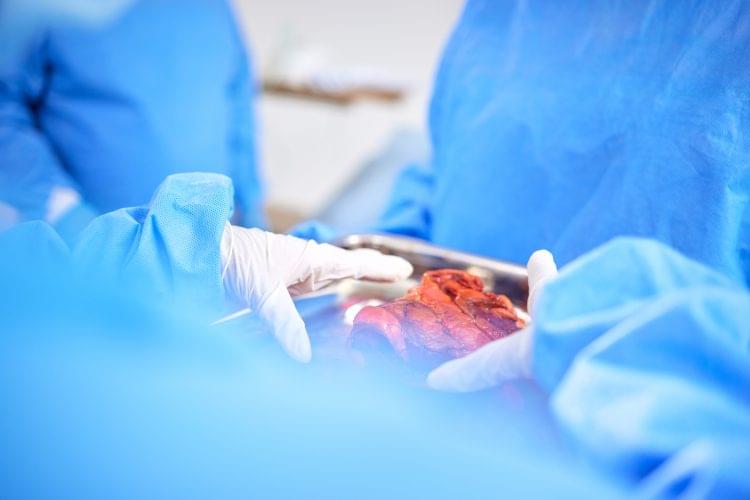

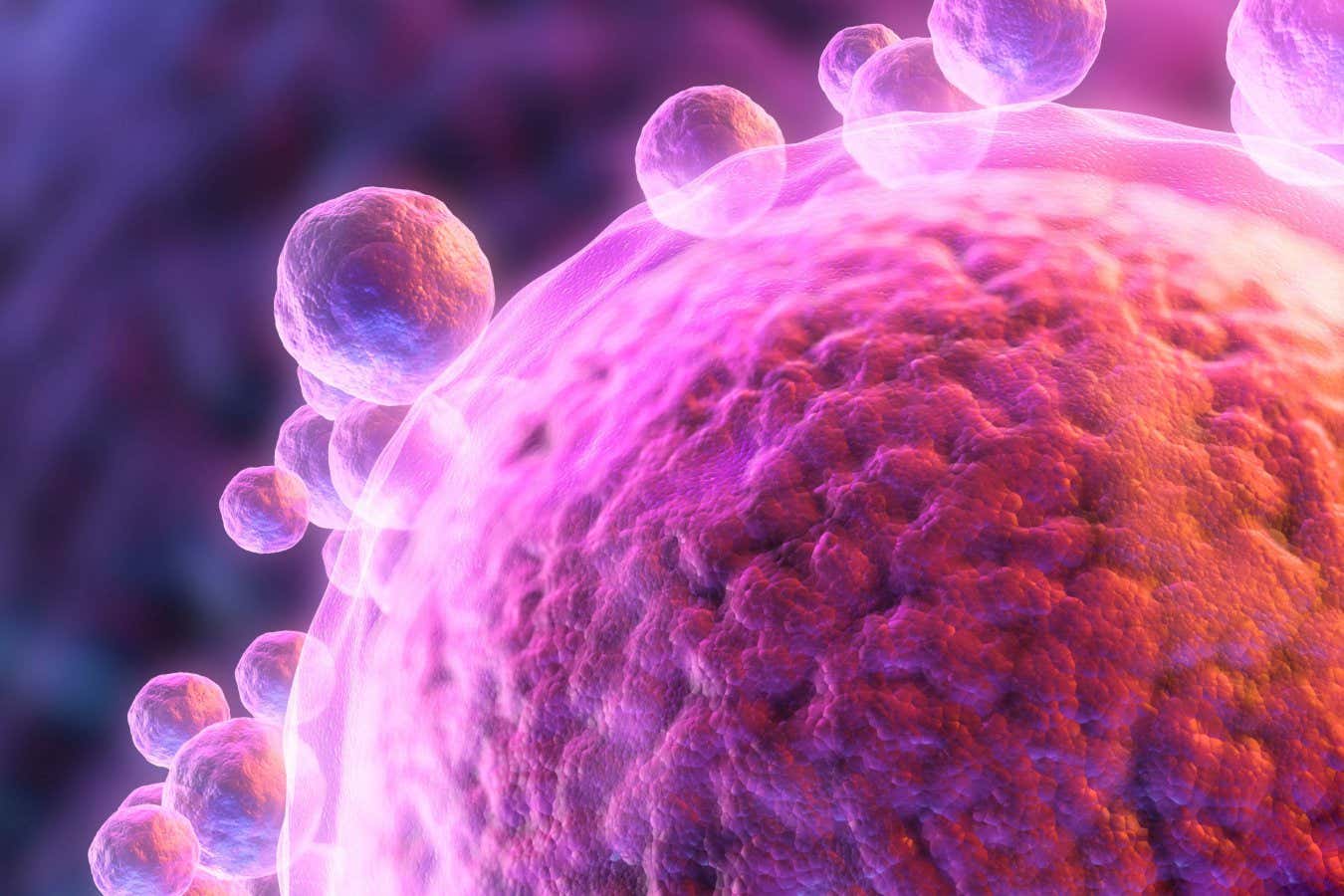

SCP 22, known as The Morgue, is one of the most chilling and mysterious anomalies in the SCP Foundation archives. A simple hospital basement in Great Britain became the stage for an impossible phenomenon: cadavers rising without life, objects vanishing into nowhere, and a morgue that behaves less like a room and more like a machine.
In this speculative science deep dive, we explore SCP 22 through the lenses of biology, physics, and consciousness. Could these reanimated cadavers be powered by quantum vacuum energy? Is the morgue recycling entropy across dimensions? Or is it a misunderstood mechanism that uses humans as raw material for unknown purposes?
This essay-video blends science, philosophy, and horror to uncover the enigma of SCP 022.
If you enjoyed this video, leave a comment with your theory, subscribe for more speculative science essays, and share it with anyone who loves the SCP universe.
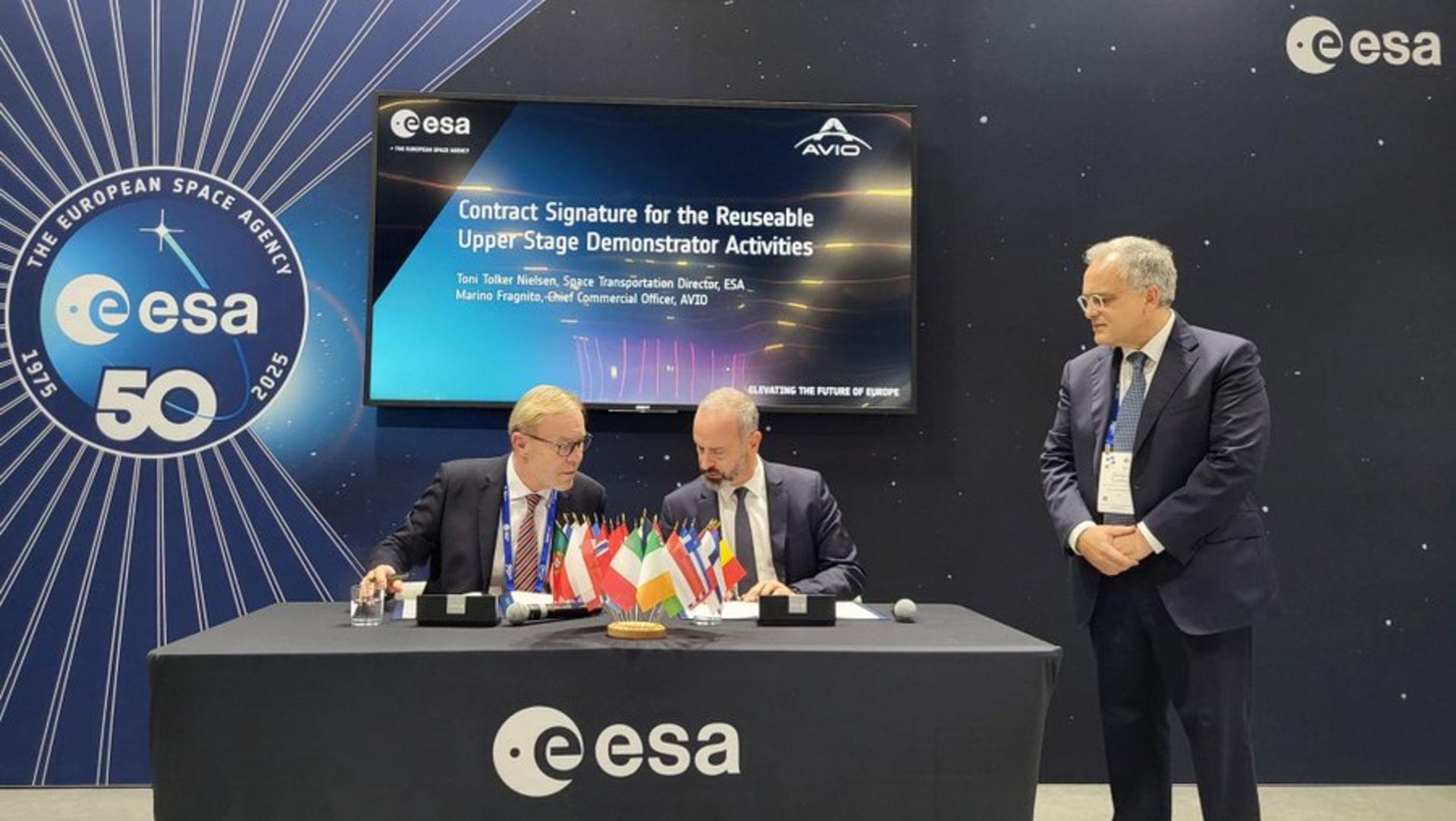
Gemini Robotics 1.5 can use digital tools to solve tasks. For example, if a robot was asked, Based on my location, can you sort these objects into the corre…
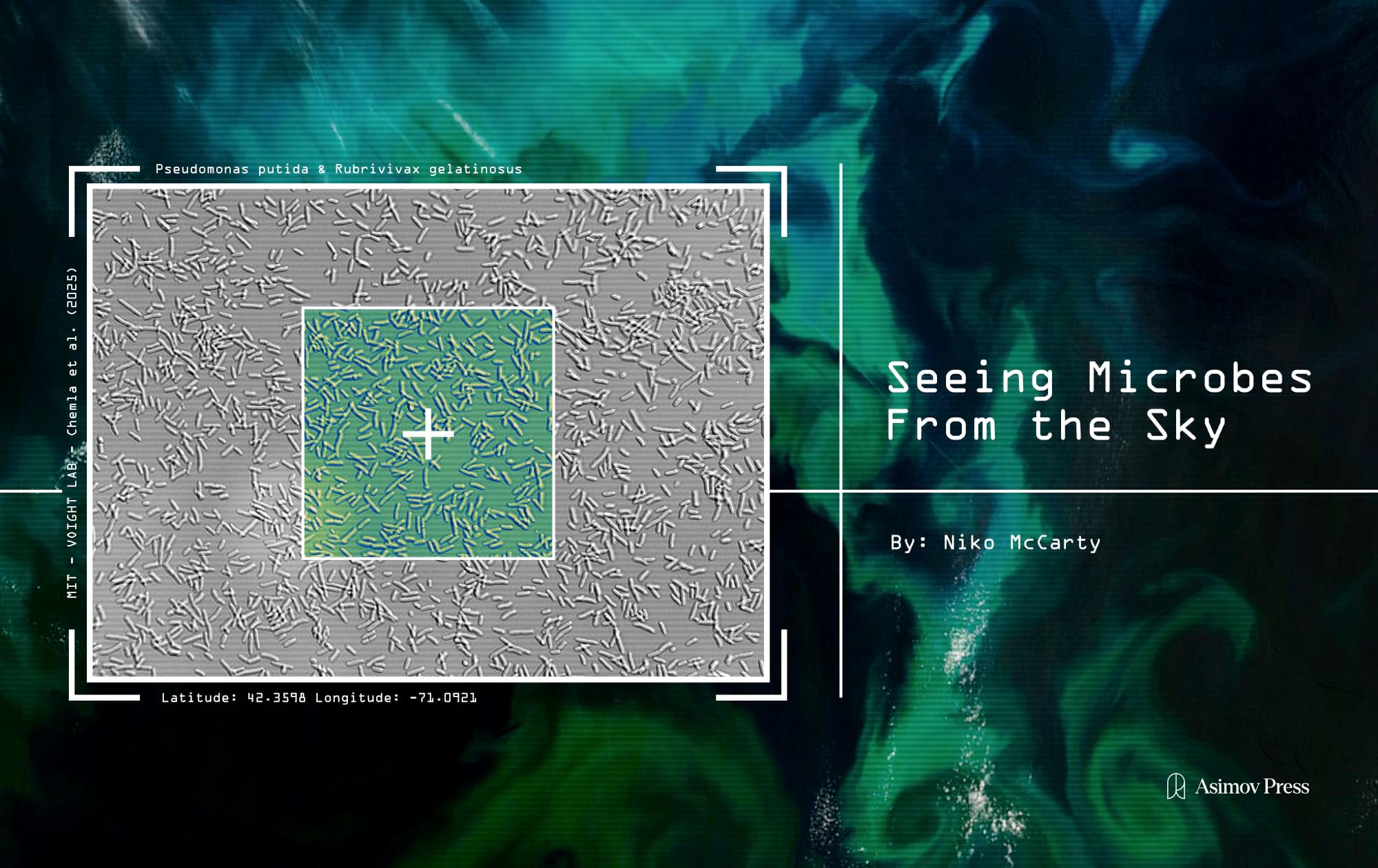
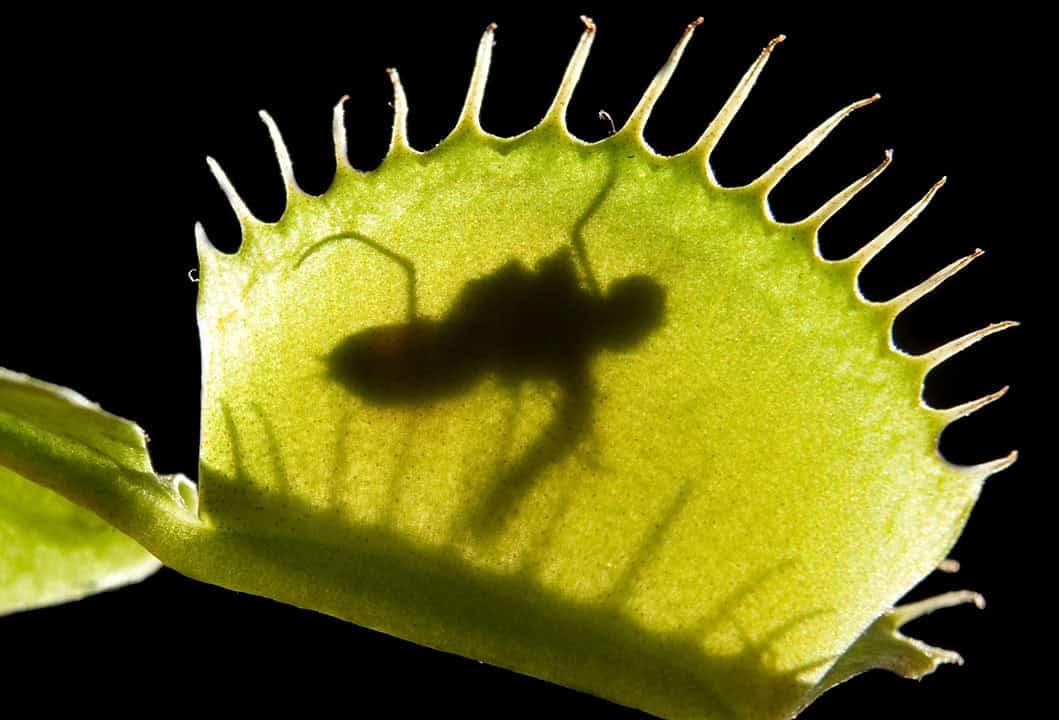
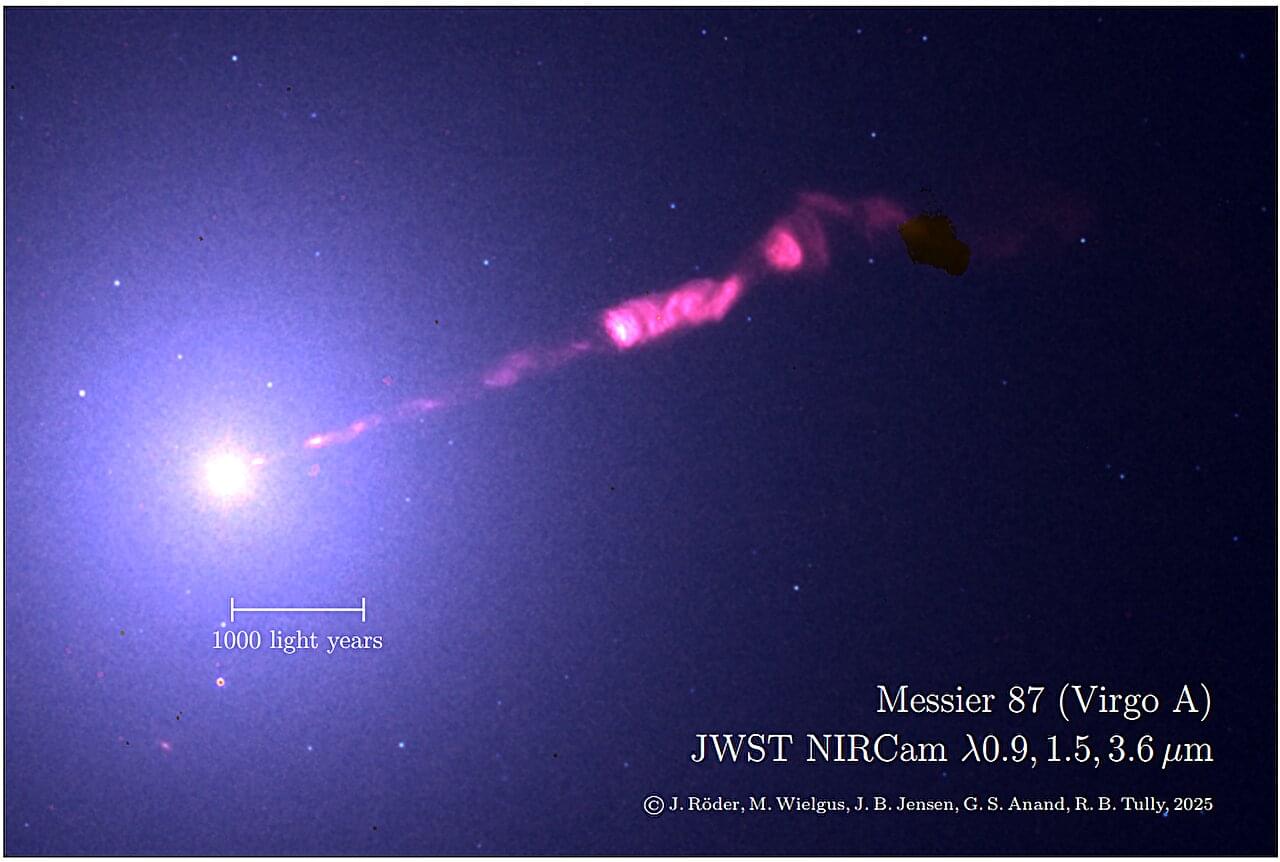
Scientists have long been aware of the massive elliptical galaxy, M87. The galaxy was first observed in the late 18th century by Charles Messier, who cataloged objects in the sky specifically to avoid them when looking for comets. However, numerous later observations in the radio, X-ray, optical, UV, and gamma-ray bands revealed that the object is a galaxy with a prominent jet emerging from a supermassive black hole at its core. This jet is now well known for its synchrotron emission in the radio to optical wavelengths.
Although many observations have been made on M87, data had been somewhat lacking in the infrared spectrum. But now, a group of scientists have utilized new data from the James Webb Space Telescope (JWST) and its near infrared cameras (NIRCam) to resolve some previously fuzzy details about M87’s jet. The work is now published in the journal Astronomy & Astrophysics.
The JWST+NIRCam images were taken in four infrared bands at 0.90, 1.50, 2.77, and 3.56 µm. In order to isolate the light coming from the actual jet, the team used background subtraction methods, calibration, and galaxy modeling to remove light from stars, galactic dust, background galaxies, and globular clusters. This revealed a detailed infrared picture of the main jet, as well as the counter-jet, which points in the opposite direction coming out from the black hole.
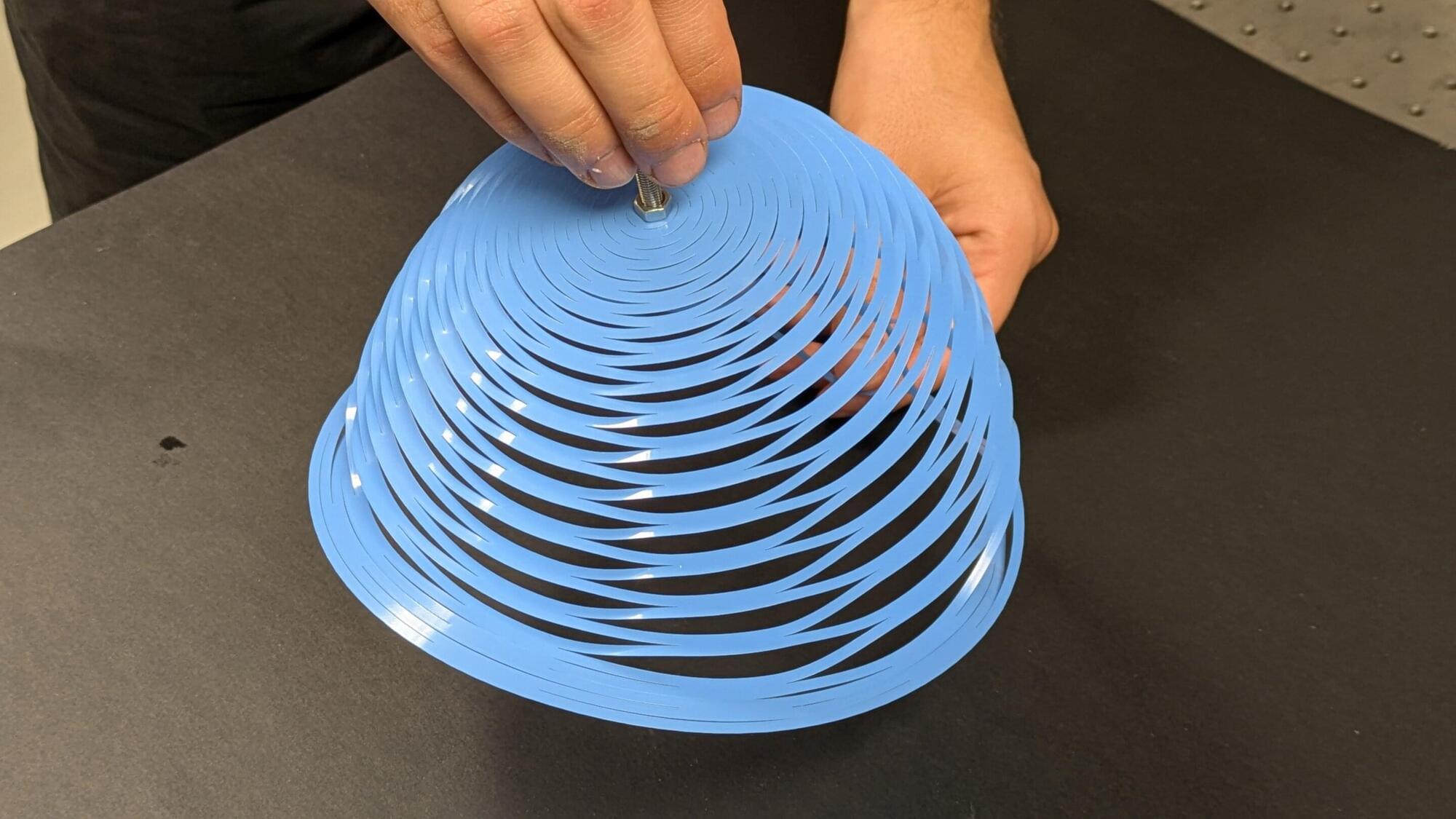
A team of engineers from Polytechnique Montréal report a new and unique parachute concept inspired by the Japanese art of kirigami today in Nature. This simple, robust and low-cost approach has a wide variety of potential applications ranging from humanitarian aid to space exploration.
Kirigami is a technique that modifies the mechanical properties of a sheet of material by making precise folds and cuts to it. Children use it to make snowflakes out of paper, and engineers have used it to create extensible structures, flexible medical devices and deployable spatial structures. However, kirigami techniques have never been applied to parachute production.
The Polytechnique Montréal research team has now changed all that.